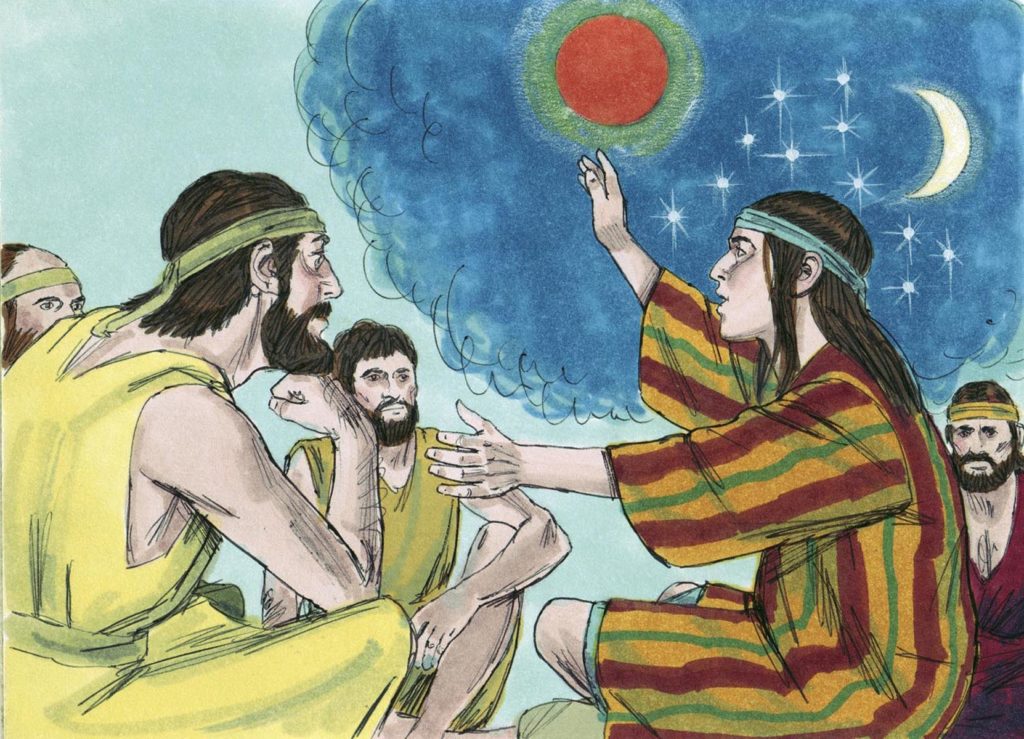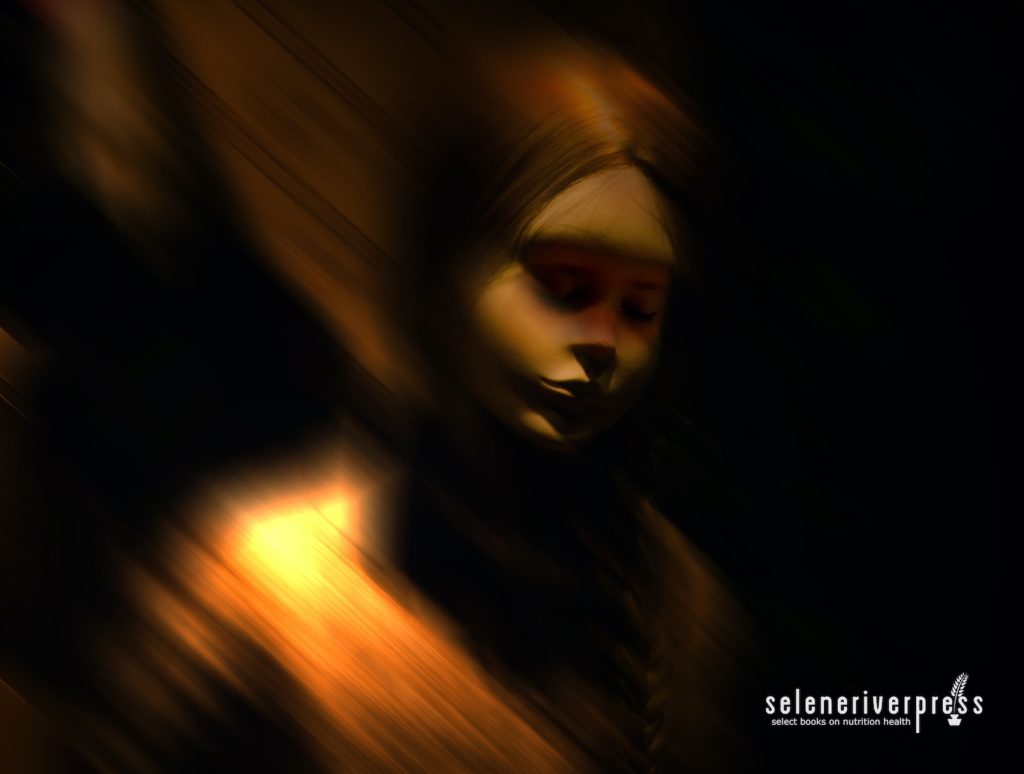Do you dream often? And if you do, are you aware of what, why, and how your dreams happen? In recent months I’ve experienced some disturbing occurrences in my life, and I noticed that my dream state became much more active than I can ever remember. I’m even having the same dreams and similar dreams over and over. All of this has led me to start wondering about the dream state, so I decided to do a bit of research.
Come follow along as I offer a basic discussion of this mysterious phenomenon. I promise to keep it short but interesting, so I will therefore confine this article to three aspects of the dream state that I find to be the most provocative: the physical, the emotional, and the prophetic.
The Physical Side of Our Dream State
Wikipedia defines a dream as “a succession of images, ideas, emotions, and sensations that usually occur involuntarily in the mind during certain stages of sleep. The content and purpose of dreams are not fully understood, although they have been a topic of scientific, philosophical and religious interest throughout recorded history of dream interpretation. The study of dreams is called oneirology.”
A more interesting view is outlined in a Scientific American article by Christof Koch (Lois and Victor Troendle Professor of Cognitive and Behavioral Biology at the California Institute of Technology). Koch describes dreams as “vivid sensorimotor hallucinations with narrative structure.” Because we can see, hear, and touch in our dreams, we experience them consciously. We can also speak, fight, love, and run—but we don’t smell in our dreams! Dreams happen during the rapid eye movement (REM) part of our sleep, which I will explain below.
Another fascinating aspect of this article is Koch’s discussion of the pons (Latin for bridge), a part of the brainstem involved in dreaming. Located at the base of the brain, the pons is responsible for beginning the REM stage of the dream state, and it also sends signals to the spinal cord that make it impossible for the body to move while dreaming. If the pons is destroyed, people are no longer able to experience REM sleep. However, Koch states that “only one in 26 of such patients report a loss of dreaming, and nobody has ever reported loss of dreaming from limited pons damage.” This is just another mystery—how do we keep dreaming even when the part of the brain that begins the REM cycle is destroyed?
The truly critical region of the brain responsible for the dream state are the visual and audiovisual regions, both of which are located in and around the temporoparietal-occipital junction in the neocortex. Koch explains that people who suffer a calamity (such as a stroke or a tumor) in the cortical region, which is responsible for color and motion perception, are likely to have dreams that are leached of hue and movement. (If you or a loved one has a head injury, I highly recommend Mark Anderson’s Closed Head Injuries CD which, is a comprehensive, must-have resource for anyone dealing with this issue.)
When Does the Brain Enter the Dream State?
As this article in Psychology Today explains, our most vivid dreams happen during REM sleep, which generally begins within the first 90 minutes of sleep and cycles throughout the night. In REM sleep, we lose our muscle tone (except for our diaphragm and eye muscles), which in turn may cause us to feel paralyzed, and why we cannot seem to escape when our dream involves some sort of danger, such as being chased. I’ve experienced that many times in my dreams and always wake up with a fast heartbeat and a sense of fear—even while being grateful when I realize I was just dreaming.
Some people experience a particular type of REM sleep in which they become violent and go into an all-out attack, in rare cases even injuring either themselves or their partner. “This is mostly seen in older men, and can be a harbinger of degenerative neurological disorders, such as Parkinson’s disease,” explains the Psychology Today article.
The Emotional Side of Our Dream State
During my research for this blog post, it became obvious to me that this kind of dream is very much associated with unconscious or repressed emotions that we experience in our day-to-day life. Emotional dream states can leave us frightened and upset once we awaken.
Conventional wisdom holds that we should address repeated emotionally charged dreams by simply confronting our problems on a conscious level, so we don’t carry our worrisome problems into our sleep. What that means is coming to a solution for these issues, even though the solution may not be perfect. By focusing less on the problem and more on the solution, we naturally become less stressed and can take advantage of the precious hours we have to rest. I wrote a blog post on this very subject in my blog post “Insomnia Relief!”
As I discovered in my own case, when I was constantly worried about an eye condition that developed, my dream state became more restless and scary. After finally talking to a few knowledgeable people about steps I could take to help remediate the condition, my scary dreams of being lost in a strange new city with no one to help me find my way home suddenly began to subside.
DreamSleep.net is an interesting place to learn more about emotional dream states. An article on the meaning of emotional dreams explains that “because dreams are intuitive, not logical, they’re especially useful when it comes to discovering your true, gut feelings. That means once you learn to tap into your dreams, you can actually learn to use their lessons in waking life.”
The Prophetic Side of Our Dream State
Prophetic dreams are frequently described in the Old Testament. My favorite comes from Genesis 37:5-8 (where, indeed, Joseph did go on to dominate his brothers). A great read in and of itself, even if you’re not tuned in to the Bible.
Joseph had a dream, and when he told it to his brothers, they hated him all the more. He said to them, “Listen to this dream I had: We were binding sheaves of grain out in the field when suddenly my sheaf rose and stood upright, while your sheaves gathered around mine and bowed down to it.” His brothers said to him, “Do you intend to reign over us? Will you actually rule us?” And they hated him all the more because of his dream and what he had said.
As I read more about this dream state, I came across a theory that prophetic dreams may in some way be related to visions from another dimension. The fact remains that many modern-day prophetic dreams have actually come true. “The Science of Prophetic Dreams” from the website Exemplore offers a fascinating discussion about prophetic modern-day dreams as well as stories of many young and old people whose dreams did in fact manifest in their lives.
As promised, I tried to keep it short and sweet, and I sincerely hope that you gleaned some wisdom and will pay closer attention to your own dream states. Find solutions when your dreams are frightening, and most of all allow yourself to reshape your life so that you may find the message that your dreams are trying to convey to you.
Before I go, I would also like to suggest that you take a quick look at my blog post “Anxiety and Fear,” which may help you start easing any anxieties that may be overwhelming you. You will find suggestions for calming down and working on solutions that, hopefully, will bring you better dreams states.
[xyz-ihs snippet=”Begin-Authors-Note”]Afterthoughts from the Traditional Cook
Dream Within a Dream
Take this kiss upon the brow!
And, in parting from you now,
Thus much let me avow—
You are not wrong who deem
That my days have been a dream;
Yet if hope has flown away
In a night, or in a day,
In a vision, or in none,
Is it therefore the less gone?
All that we see or seem
Is but a dream within a dream.
I stand amid the roar
Of a surf-tormented shore,
And I hold within my hand
Grains of the golden sand—
How few! yet how they creep
Through my fingers to the deep,
While I weep—while I weep!
O God! can I not grasp
Them with a tighter clasp?
O God! can I not save
One from the pitiless wave?
Is all that we see or seem
But a dream within a dream?
—Edgar Allan Poe (1809–1849)
Disclaimer from Maria Atwood, CNHP: I am a Certified Natural Health Professional, CNHP, not a medical doctor. I do not diagnose, prescribe for, treat, or claim to prevent, mitigate, or cure any human diseases. Please see your medical doctor or health practitioner prior to following any recommendations I make in my blog posts or on my website.
Images from iStock/SteveBjorklund (main), Phoenixns(man laying on pillow), BibleArtLibrary (Joseph’s dream), MIND_AND_I (girls with hands on glass).





